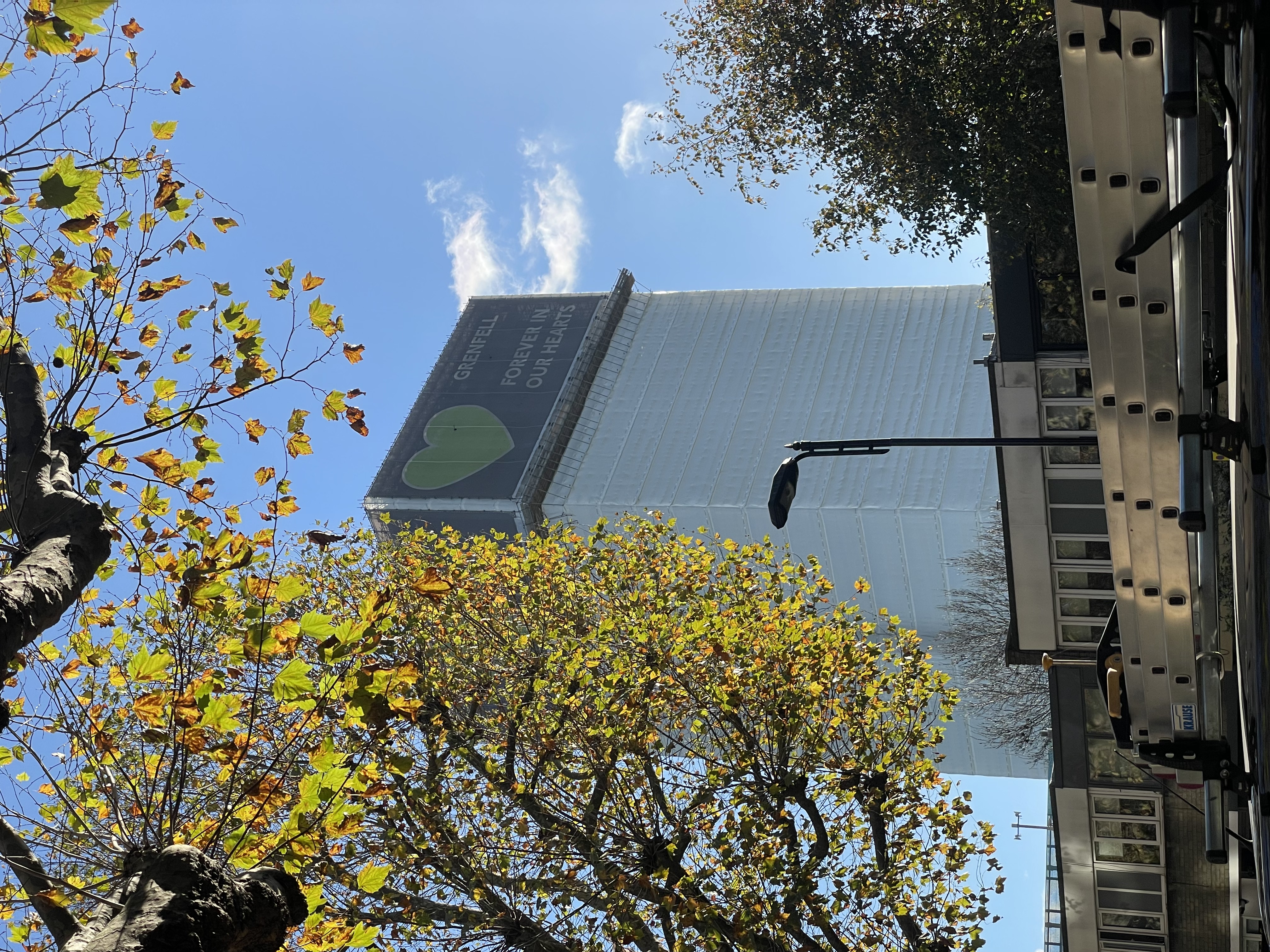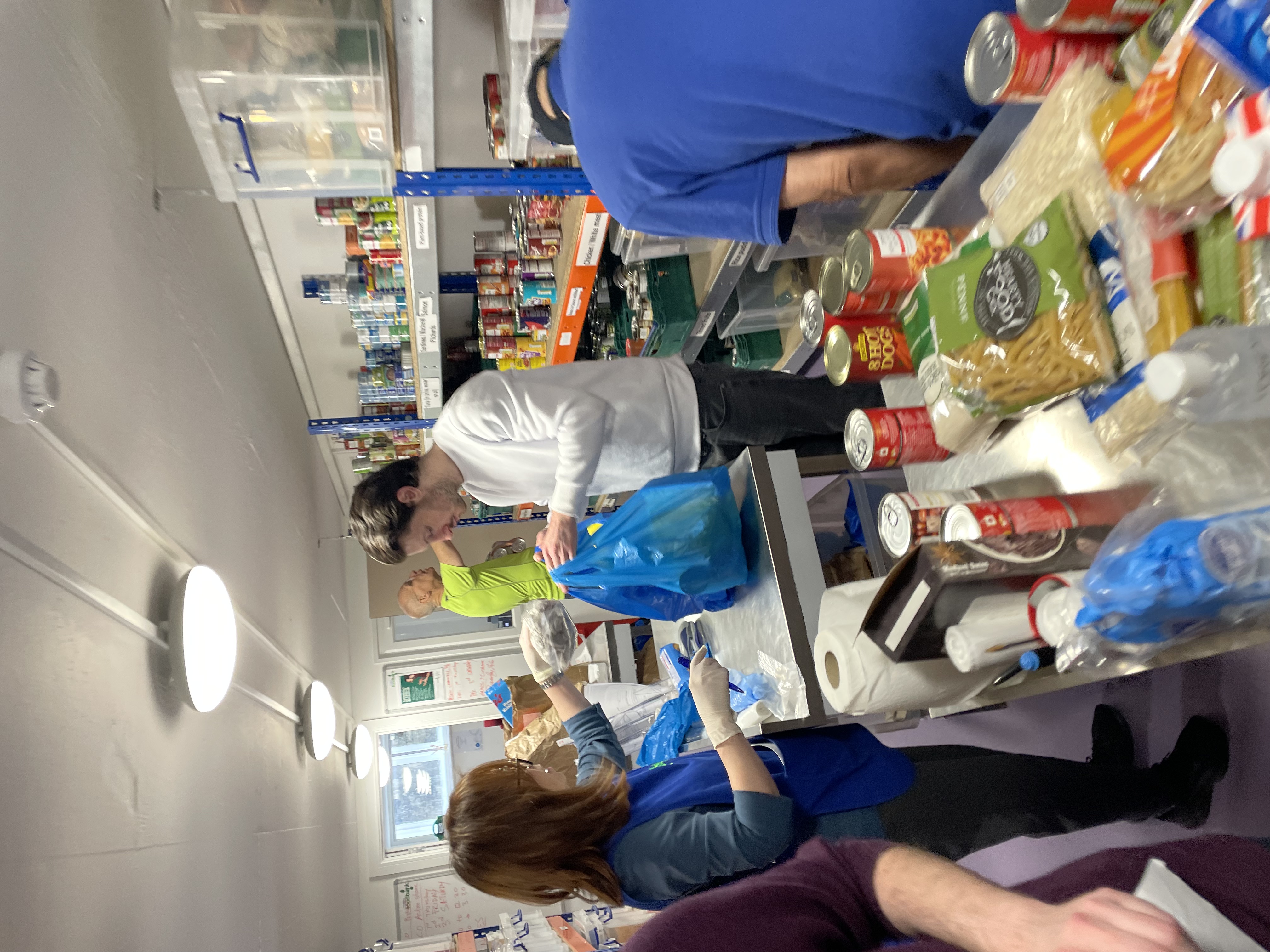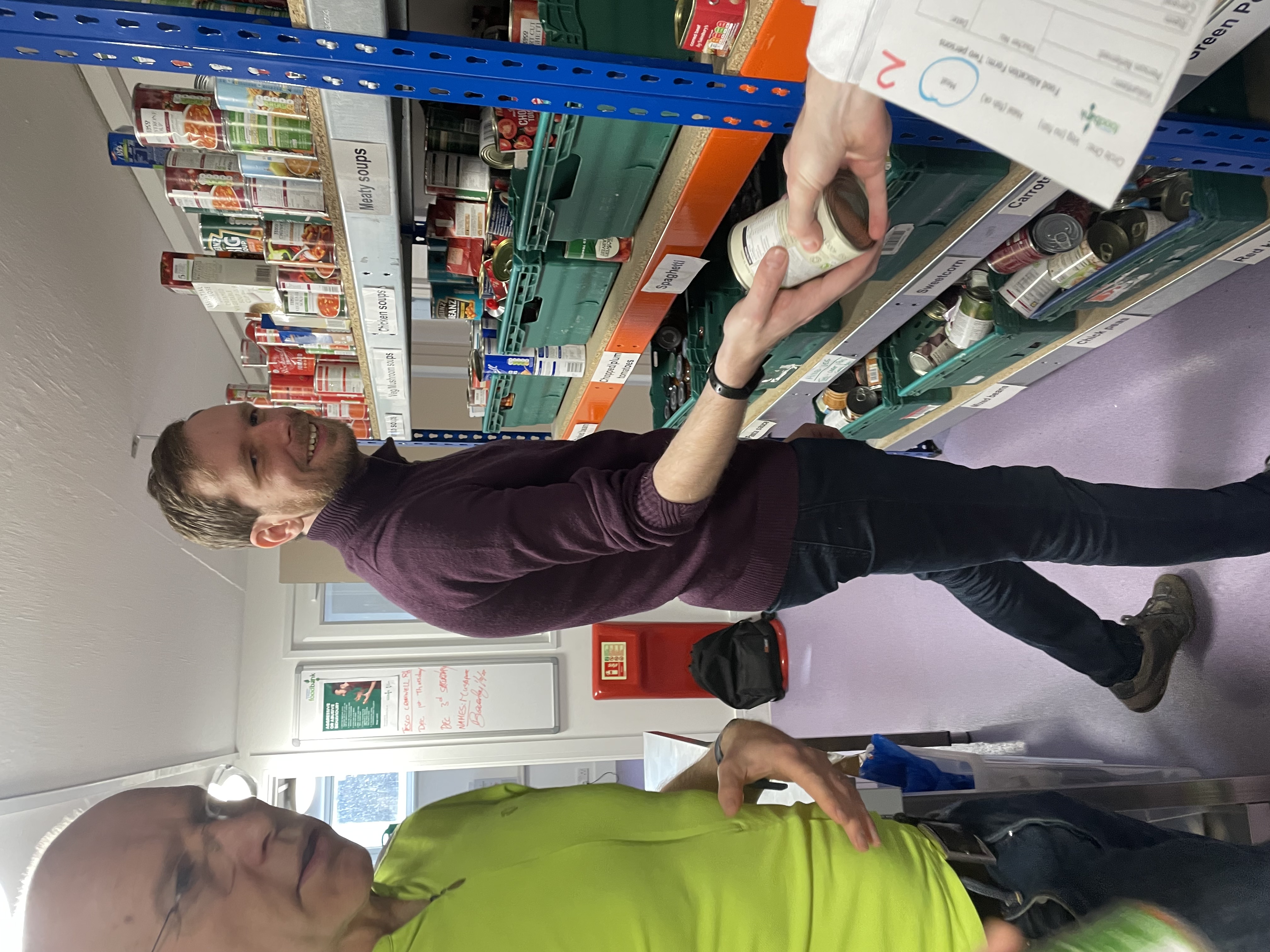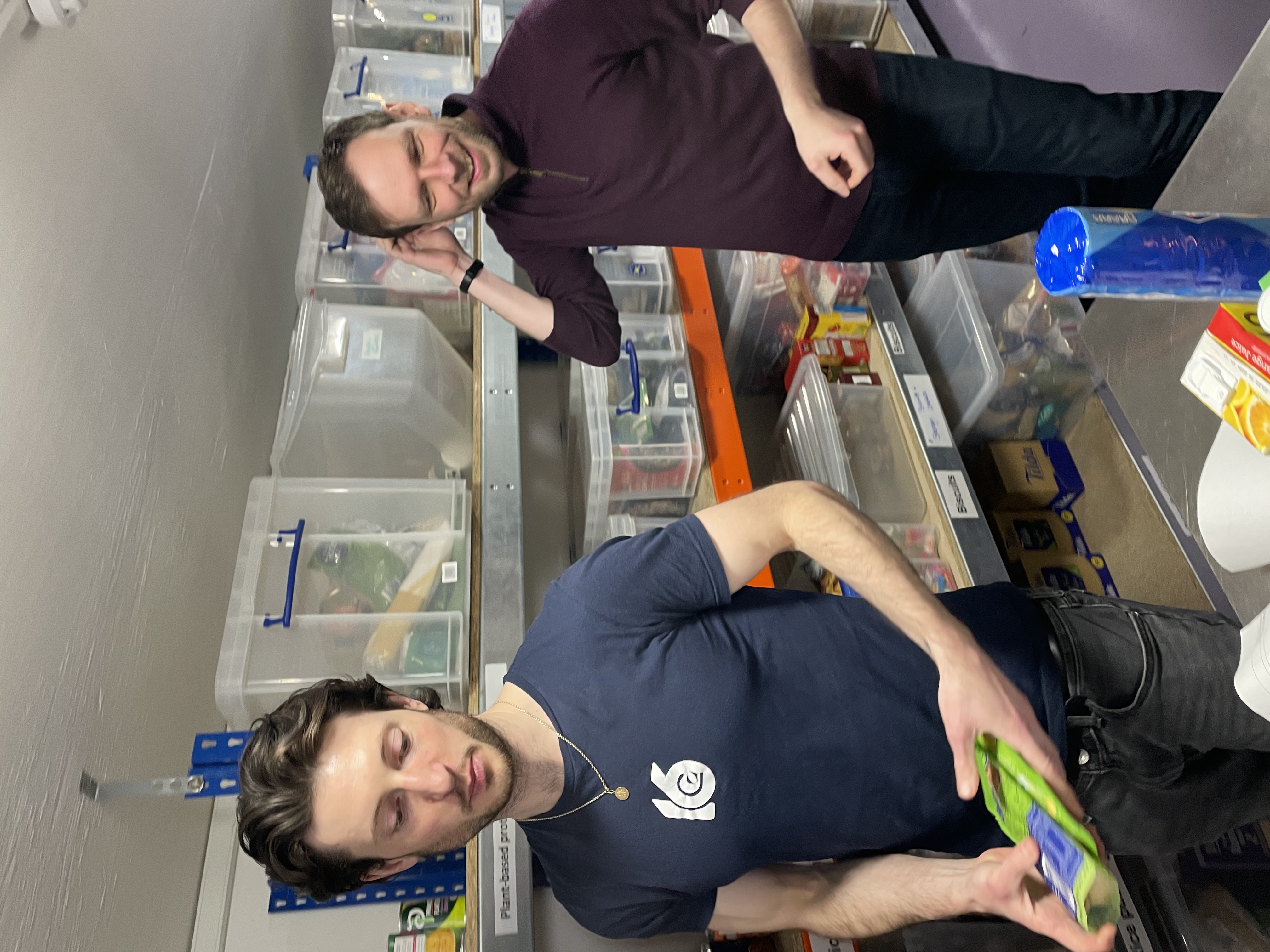If you’ve been following any of our company news lately, you’ll notice we’ve been making effort to take our Corporate Social Responsibility more seriously.
Good intentions are finally turning into good actions; fuelled by our partnership with OnHand to help us source and organise team CSR activities.
This month, four of the team got stuck into our fourth, and possibly most intense… CSR session to-date. Volunteering at the Kensington & Chelsea Food bank! 🥫
Read-on to find out how we got on, what we learned, and which team were the more efficient-packers 😉

First of all, what’s a Food bank?
Food banks are community or council-run programs designed to offer emergency assistance to local residents struggling with costs of living. Foodbanks rely on donated food, whether from the public, local supermarkets, or local groups, which they package and ration out to those in need. It’s estimated there were approximately 2,500 food banks in operation across the UK throughout 2022.
In the UK, Food banks are often set-up and staffed by volunteers from local churches. The Kensington & Chelsea food bank is no exception; the entire operation is run out of the Notting Hill Methodist Church near Ladbroke Grove.
Kensington & Chelsea might not strike you as the typical area for a food bank, but set in the shadow of Grenfell Tower, it was evident that the program provides valuable assistance for many of the local residents.

The Day Begins!
And so on a bright November morning four GoSquared-ers knocked on the door of the church, ready for our first team food bank session.
Our friends at OnHand had prepared everything in advance for us; Monica was all ready to greet us on arrival and give us the tour. A full-time staff member at the program, Monica knew the ins and outs of the system, as well as many of its clients, like the back of her hand.
We were given a whistle-stop tour of the building, before being led down to the basement and where the food-bank magic happens.
From the get-go, it was clear that this is an incredibly well-run machine. And it has to be. Many local residents rely on the 3-day emergency supplies to get through the week.
Learning the ways of the Food Bank
The plan was laid out to us – we had a good hour to familiarise ourselves with the packaging process before doors opened at 13.00 and residents would begin to file in to collect their supplies.
Monica and her team of volunteers kindly demo’d how to create an emergency supply parcel, and how to ensure everything was correctly recorded. Details are crucial to the success of the operation. Each resident has vouchers and specific requirements, which their packages must reflect. Halal food, for example, is a common requirement for many locals.
Not only that, but all incoming donations and outgoing packages must be assiduously weighed and recorded. Everything coming in and everything going out gets logged; no exceptions.
This may be a charitable organisation, but its success depends on it being run like a military operation.

Tinned Cans are heavy!
And so, with our plan of action laid out before us, the team set into their first tasks of the day… lifting the heavy things!
The shift started with moving and sorting the incoming donations; primarily from local residents and the local Lidl supermarket.
After 10 minutes, some of us were already regretting going to the gym earlier that morning… We lifted and shifted boxes upon boxes of tinned goods; baked beans, fish, peas, soup, as well as cartons of juice, milk and packs of rice and pasta.
Everything has its place at the food bank. Space is at a premium, and all items must be arranged in their given place on the rows of shelves. Or, for the heavier items, their home is in the backroom. Or as Monica liked to call it, ‘the dungeon’… 🙀
For a team more used to spreadsheets and code on a screen, this was certainly a different kind of labour…
Then after an hour of lifting, grunting, and feeling fairly exhausted already, the real work began. Packaging the clients’ parcels!

As you’d expect of the operation, lists and itemisation is crucial. Parcels are created according to the resident’s needs, such as dietary requirements and number of people in their family.
We split into teams of two. James and Steve on one team, myself and JT on the other. And it wasn’t long before the competition got fierce!
Well, I say competition, but really the better team was obvious from the start…
JT and I quickly devised a far superior system to our colleagues. One of us would read the items off the parcel list and bark instructions to the other, who would run off to collect said items from the shelves and bring them to our packaging counter.
We would then switch roles; the collector would re-read the items off the list as the other placed them into the parcel one by one.
A full-proof system, with safeguards in place to ensure no wrong items or incorrect quantities entered our parcels.
James and Steve on the other hand… Did they even have a system? 😉

With the ‘friendly’ competition spurring us forwards, we did our best to dash around the shelves and get parcels out quickly enough for the incoming waves of residents.
We were aided in our fumbling by the kind assistance of other volunteers; regular locals who show-up to make sure the food bank can open week-in week-out. The real lifeblood of the organisation.
And, forever under the watchful gaze of Monica, we made sure we got the right parcels out to the right residents.

Two and a half hours passed like a breeze – all a whirlwind of dashing, tick-boxing, form-checking, lifting, and tinned cans!
As the line of residents began to wind down, we felt exhausted!
This was probably the most time any of the team had ever spent on their feet during a working day. But we also felt a shared sense of a job well-done, and delighted to have done a little bit to contribute to the indispensable work this organisation does every week.

What did we learn?
A lot! For many of the team, the most exposure we’d ever had to a food bank was seeing the donation box at our local supermarket.
But from seeing the inner workings of a food bank, and the importance of the operation for the local community, it really opened our eyes to just how critical these volunteer-run programs are.
The organisations are not ‘nice-to-haves’. Many locals depend on them to provide the bare necessities to get through the week with enough to eat. A humbling thought, despite living in a prosperous, developed country.
Food banks are also not ramshackle organisations. They are incredibly efficient, well-run machines which would make any military commander or CEO proud.
After all, it’s one-thing to have good intentions to help. But it’s the operation which turns those intention into actual positive outcomes, and safeguards the system against abuse.

Lastly, it reiterated just how important it is to volunteer. No matter how efficient the machine, without volunteers to lift the crafts, sort the packages, check-off the parcels, it all falls apart.
And volunteers are often the scarcest resource of all.
In a world of constant work and distraction, food banks can often get drowned out in the noise.
But there are many out there who rely on them for survival. Yet their struggles often go unseen.
So next time you have a spare afternoon, or your stuck for a team-activity, why not have a go at helping out at your local food bank? You’ll learn a few things, meet some great people, make a positive difference for your community and, most of all, have a ton of fun along the way.
I’ll end this on a quote from Professor Jon May, of the Independent Food Aid Network. A statement which both reveals the gravity of the situation, and gives hope for the future.
“There are now food banks in almost every community, from the East End of London to the Cotswolds. The spread of food banks maps growing problems of poverty across the UK, but also the growing drive among many thousands of people across the country to try and do something about those problems“
Thanks for reading! 🙌



